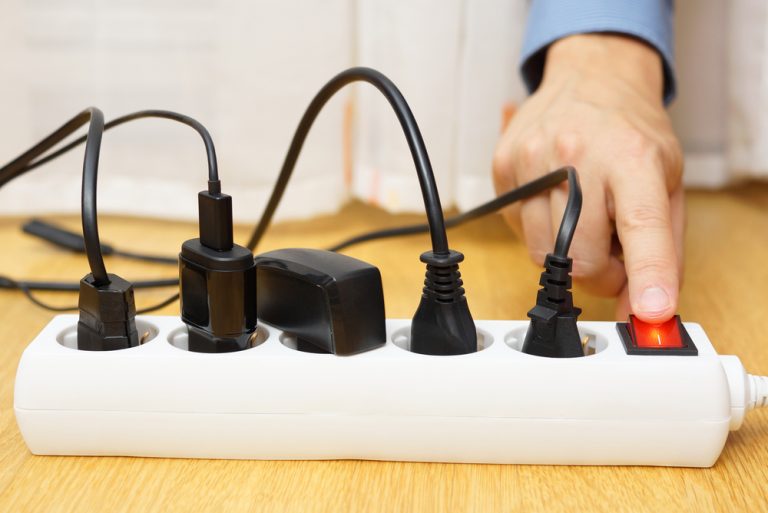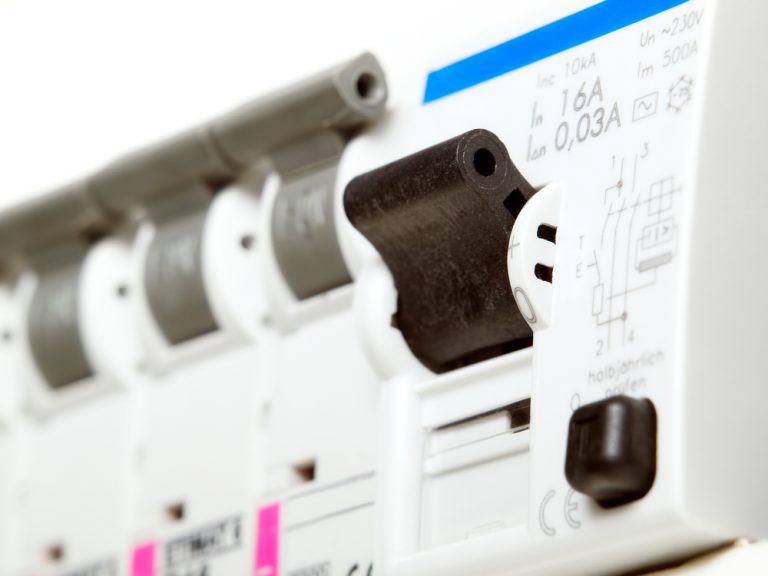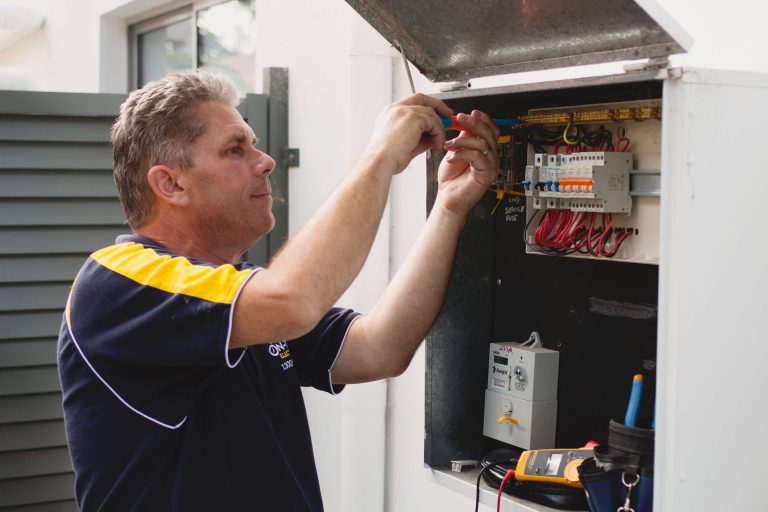What Is a Safety Switch, and Why Do I Need One?
A safety switch is an essential component of ensuring your safety when using electronic devices. However, not all Australian homes have safety switches installed on the circuit breakers, potentially putting their families and homes at risk of electric shock, electrical fires and other complications.
Though a safety switch is a component of a circuit breaker and can often be used in tandem with a surge diverter, these three things are not all the same. Here’s what you need to know about what distinguishes safety switches and why they are so important.


Circuit Breakers and Surge Diverters Are Only Part of the Picture


Just about every home is equipped with a circuit breaker. You may find it in your garage or in a closet somewhere in your home. The circuit breaker shuts down the power to a specific room or area of your home when a disturbance in the power is detected. This can often occur when an individual power point becomes overloaded if you have too many appliances plugged into it or a wire short-circuits. While circuit breakers can be incredibly helpful in preventing electrical hazards, they can’t prevent everything, so you’ll need to put additional protections in place to maximise your safety.
A surge diverter is the next step in protecting your home’s electrical system. In the event of a lightning strike or other power surge, the surge diverter will redirect the excess energy within the device. This prevents it from harming your wiring and connected appliances. Once the surge has passed, your electrical operation can return to normal with no damage to your electronics.
A Safety Switch Takes Your Protection to the Next Level
A safety switch goes beyond the capabilities of circuit breakers and surge diverters, giving you the highest possible level of protection. The safety switch attaches to your circuit breaker and serves as an additional layer of protection. When the safety switch detects any fluctuations in the electrical current, it will automatically shut off your power.
Let’s say, for example, you are using a hairdryer to dry your hair after taking a shower. In the process of showering, you splashed some water onto your countertop and did not notice it before turning on the hairdryer. If an exposed wire makes contact with that water, you could easily electrocute yourself. Fortunately, the safety switch can detect this change to the power circuit, shutting down the power in a tiny fraction of a second so that you don’t subject yourself to a major shock.


Similarly, you could be working with power tools in your garage and accidentally saw right into the power cable. Again, this could put you at risk of a serious electric shock if you did not have a safety switch in place. However, as soon as your saw makes contact with the wire, the safety switch can identify the difference in the power flow, shutting everything down for your protection.
Of course, these scenarios may not seem that likely, but when it comes to your safety, you can never be too careful. This is especially true if you have children who may not fully understand how to use electrical devices safely. Even under constant supervision, kids can be surprisingly resourceful with regards to getting into things they shouldn’t, so this added protection can give you the peace of mind you need.
How to Test a Safety Switch


Having a safety switch installed in your home is a great way to maximise your family’s safety, but it won’t do you any good if it isn’t working properly. Because of this, you’ll want to test your safety switch periodically to ensure everything is working as it should so that it is ready to go when you need it most. However, you don’t want to create an unsafe scenario just to find out if your safety switch really is working.
Following these steps can help you verify the operation of your safety switch without creating an electrical hazard. Most safety switches include a test button, usually marked ‘test’ or simply ‘T’. When you press this test button, the safety switch should immediately switch to the off position. Then, you’ll need to turn it back on. If it does turn off when you press the test button, everything is fully operational and you are good to go.
However, if the switch does not turn off when you push the test button, something isn’t working properly. In this case, you should call your electrician right away to address the problem. Until your safety switch is working properly again, it is a good idea to avoid using electrical devices as much as possible to avoid any complications.
Install a Safety Switch in Your Home Today
If your home doesn’t already have a safety switch or the one you have isn’t working correctly, call the electrical experts at Absolutely On Time Electrical. We have vast experience in installing and maintaining safety switches for homeowners and businesses throughout the Sutherland Shire, and we’ll be happy to assist you with yours.
We welcome you to get in touch with us today to learn more about safety switches and how they can help keep your home and family as safe as possible. We are always happy to answer any questions you have and will always provide you with a free quote before doing any work. Call us today to get started!


